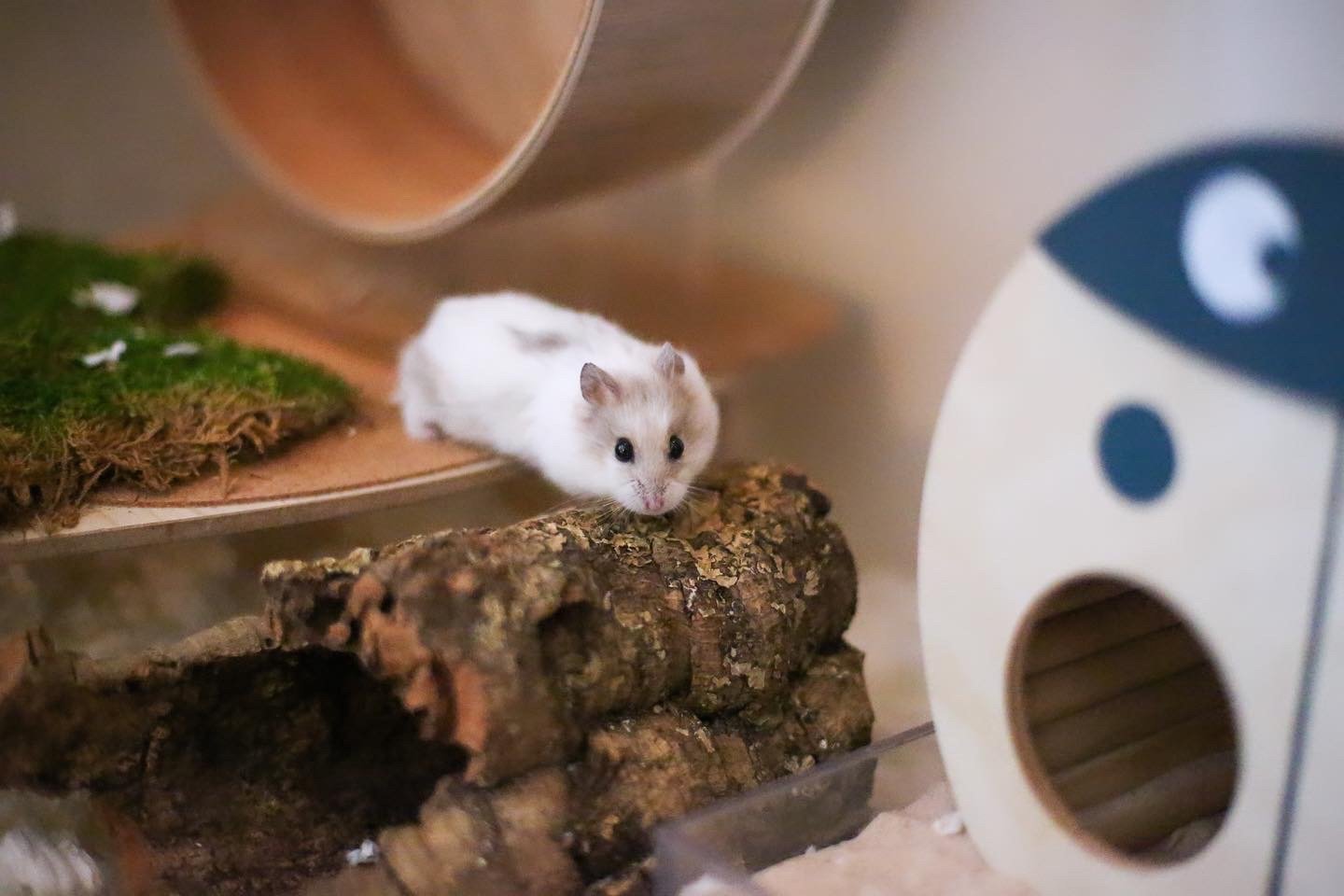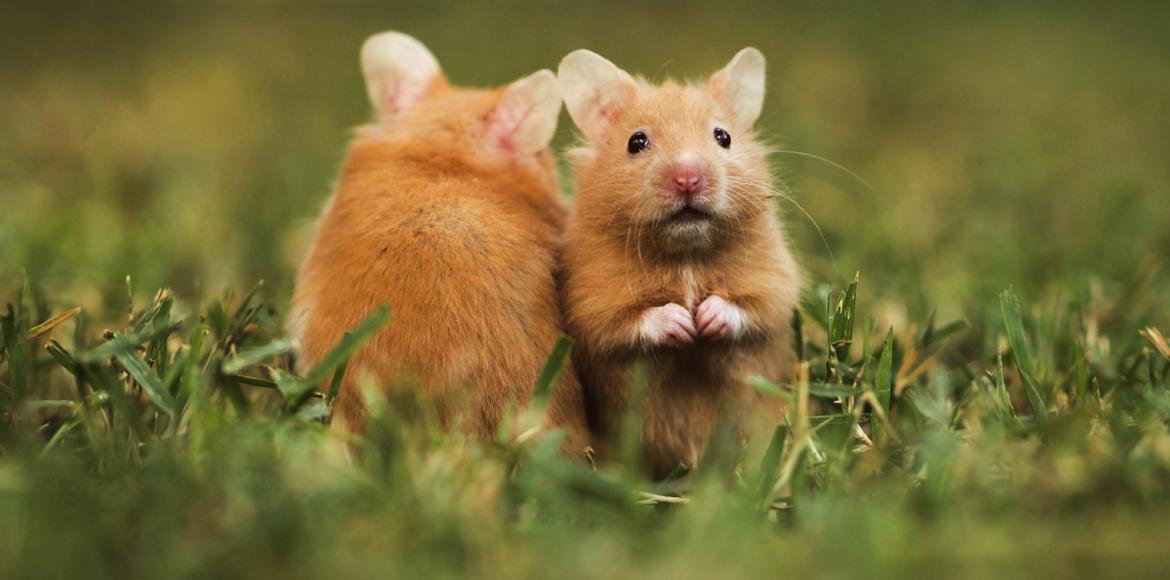hamsters are adorable, furry creatures that bring joy to many households. While their small size and playful nature make them delightful pets, questions surrounding their hygiene often arise, particularly when it comes to bathing. One common concern is whether a bath can be fatal for these tiny creatures.
This comprehensive guide will delve into the intricate details of hamster bathing, addressing the question: Can a bath kill a hamster? We will explore the reasons why hamsters dislike water, the potential dangers of bathing, and alternative methods for keeping your hamster clean and healthy.
>> READ MORE:
- Can Bunnies Eat Peanut Butter A Comprehensive Guide
- Can Rabbits Eat Hamster Food? A Comprehensive Guide
- Can Hamsters Eat Cucumber? A Comprehensive Guide
- Can Hamsters Eat Strawberries? A Comprehensive Guide to Strawberry Safety for Your Furry Friend
The Dangers of Water for Hamsters

As mentioned in the introduction, hamsters are not natural swimmers and have a natural aversion to water. This makes bathing them a risky task, as even a small amount of water can cause harm. Here are some of the potential dangers of exposing your hamster to water:
- Drowning: Hamsters do not possess the ability to swim well and can easily drown in even shallow water. Their small size and inability to hold their breath for long periods make them vulnerable to drowning.
- Hypothermia: A hamster’s fur is designed to insulate them in dry environments. When exposed to water, their fur becomes wet and heavy, leaving them susceptible to hypothermia. This is especially dangerous for small animals like hamsters.
- Skin Irritation: The absorption of water can irritate their sensitive skin and lead to skin problems such as dermatitis. This can cause discomfort for your hamster and may require medical attention.
- Stress: Hamsters are known to be easily stressed, and exposure to water can be a traumatic experience for them. This stress can impact their overall health and well-being.
Now that we understand the potential dangers of water for hamsters, let’s delve deeper into the question at hand: Can a bath kill a hamster?
Can a Bath Kill a Hamster? Understanding the Risks

The answer to this question is not a straightforward yes or no. While a bath itself may not directly lead to the death of a hamster, it can certainly contribute to their demise. As mentioned earlier, the main risks associated with bathing a hamster are drowning, hypothermia, and skin irritation. However, there are several other factors that can increase the likelihood of these dangers for your furry friend.
- Temperature of the Water: The temperature of the water you use to bathe your hamster is crucial. If it is too hot or too cold, it can cause shock and lead to hypothermia or hyperthermia. It is recommended to use lukewarm water when bathing your hamster, as it is closest to their natural body temperature.
- Shampoo and Soap: Using regular human shampoo or soap on your hamster can be harmful. These products are designed for human skin and can irritate your hamster’s sensitive skin. It is best to use mild, specifically formulated shampoos for small animals.
- Handling and Drying: The process of bathing a hamster involves handling and drying, which can also pose risks. Hamsters may become frightened during the bathing process, leading to stress and potential injuries if they try to escape. Additionally, improper drying techniques can make it difficult for them to regulate their body temperature and increase the risk of hypothermia.
Based on these risks, it is clear that while a bath itself may not directly cause death, it can contribute to potential harm for your hamster. This begs the question, why do hamsters dislike water so much?
Why Hamsters are Susceptible to Water-Related Dangers
As mentioned in the introduction, hamsters are generally hydrophobic, meaning they have a natural aversion to water. There are several reasons for this behavior:
- Evolutionary Adaptation: In the wild, hamsters are desert animals and have evolved to survive in dry environments. Exposure to water was scarce, and so they did not develop an affinity for it like other rodents such as rats or mice.
- Fear of Drowning: Hamsters are not natural swimmers, and their instinct is to avoid bodies of water to prevent drowning. This makes them highly sensitive and fearful when exposed to water.
- Sensitive Skin: Hamsters have a thin epidermis that is easily irritated by chemicals and abrasive substances. This makes them vulnerable to skin problems when exposed to water.
It is essential to understand these factors and respect your hamster’s aversion to water to ensure their safety and well-being.
Signs of a Water-Drowned Hamster

If your hamster has been exposed to water and is showing signs of distress, it is crucial to act quickly to prevent further harm. Here are some of the signs to look out for:
- Difficulty Breathing: If your hamster has inhaled water while bathing, they may exhibit difficulty breathing or wheezing.
- Shivering/Coldness: As mentioned earlier, exposure to water can lead to hypothermia, causing your hamster to shiver or feel cold to the touch.
- Lethargy: A hamster that is uncharacteristically still and listless is a cause for concern. This could be a sign of stress or hypothermia due to exposure to water.
- Irritated Skin: If you notice red, inflamed areas on your hamster’s skin, this could indicate a reaction to the water or soap used during the bath.
- Wet Fur: If your hamster’s fur is wet and heavy after a bath, it could be a sign that they are struggling to dry themselves and regulate their body temperature.
If you observe any of these signs, it is crucial to take immediate action to prevent further harm to your hamster.
Keeping Your Hamster Safe Around Water

Now that we have established the potential dangers of water for hamsters, it is essential to take preventive measures to keep your furry friend safe. Here are some steps you can take to minimize the risks associated with bathing your hamster:
- Avoid Bathing: The best way to keep your hamster safe from the dangers of water is to avoid bathing them altogether. Unless they have a medical condition or are extremely dirty, they do not need to be bathed regularly. Instead, you can adopt other methods to keep them clean and healthy, which we will discuss in the next section.
- Use Dry Shampoo: If your hamster needs a spot clean, consider using dry shampoo designed specifically for small animals. This eliminates the need for water and reduces the risk of skin irritation.
- Use a Small Container: If you do need to bathe your hamster, use a small container instead of a sink or bathtub. A shallow bowl or plastic container filled with lukewarm water is ideal as it minimizes the risk of drowning.
- Limit Water Exposure: It is essential to limit the amount of time your hamster is exposed to water. Keep the bath short, and avoid getting their head wet to prevent them from inhaling water.
- Handle with Care: When handling your hamster during a bath, be gentle and avoid causing any stress. This will reduce the likelihood of injuries and ensure their comfort.
- Dry Thoroughly: After the bath, make sure to dry your hamster completely with a soft towel. You can also use a hairdryer on low heat to speed up the drying process, but be careful not to get too close to your hamster’s delicate skin.
By following these precautions, you can minimize the risks associated with bathing your hamster and keep them safe and clean.
Emergency Measures if a Hamster is Exposed to Water
Despite taking preventive measures, accidents can still happen. If your hamster has been exposed to water and is showing signs of distress, here are some emergency measures you can take to ensure their safety:
- Warmth: If your hamster is showing signs of hypothermia or shivering, provide them with warmth immediately. You can do this by wrapping them in a warm towel or using a heating pad set on low under their cage.
- Dry Thoroughly: As mentioned earlier, it is crucial to dry your hamster thoroughly after a bath. In an emergency, use a hairdryer on low heat to speed up the process.
- Monitor Breathing: Keep a close eye on your hamster’s breathing and watch out for any signs of difficulty or wheezing. If they continue to struggle, seek immediate veterinary attention.
- Seek Medical Attention: If your hamster is exhibiting severe symptoms such as difficulty breathing or lethargy, it is essential to seek veterinary care immediately. A professional will be able to assess the situation and provide appropriate treatment.
Remember, prevention is always better than cure when it comes to keeping your hamster safe from water-related dangers.
Conclusion
In conclusion, while a bath itself may not directly cause the death of a hamster, it can contribute to potential harm. The risks associated with bathing a hamster include drowning, hypothermia, skin irritation, and stress. It is crucial to understand these risks and take necessary precautions to keep your furry friend safe. Avoid bathing your hamster unless absolutely necessary and opt for alternative methods such as dry shampoo to keep them clean. In case of emergency, take immediate action to ensure their well-being. By respecting your hamster’s aversion to water and following the guidelines outlined in this comprehensive guide, you can ensure a happy, healthy life for your beloved pet.

